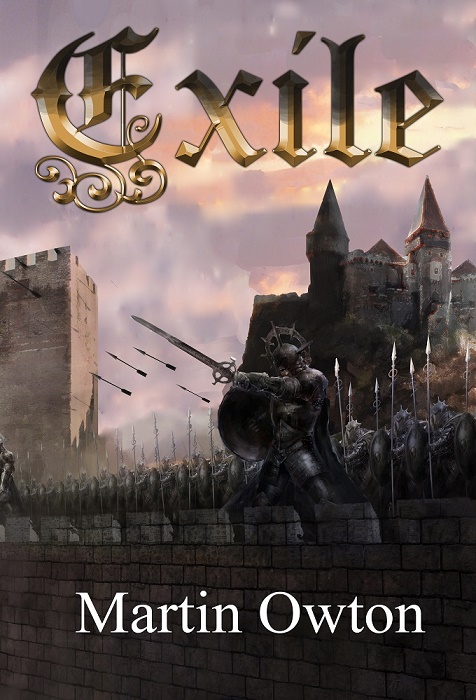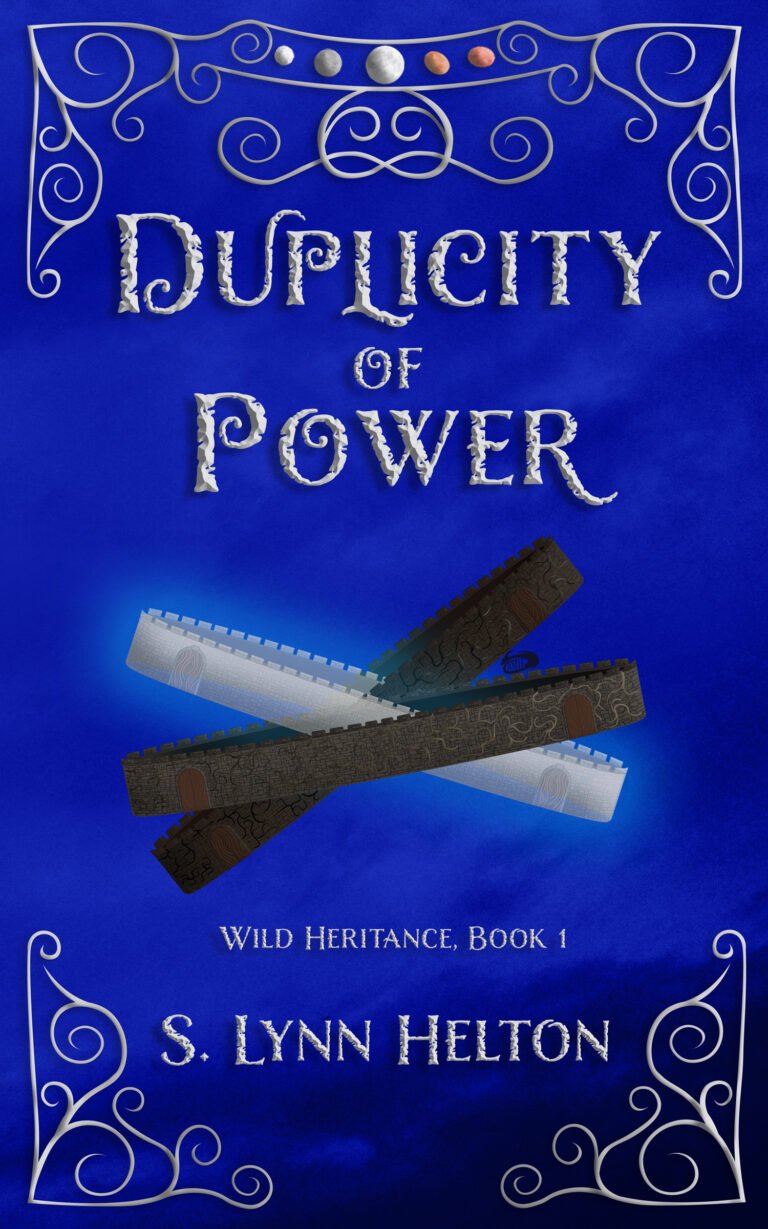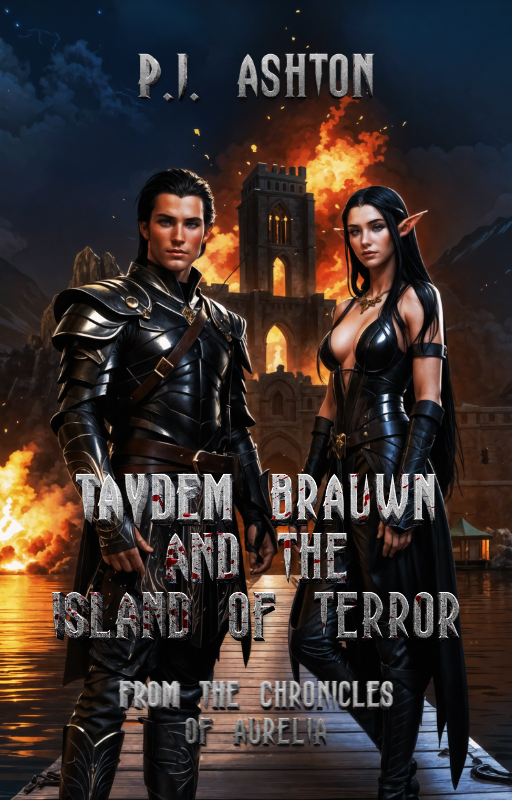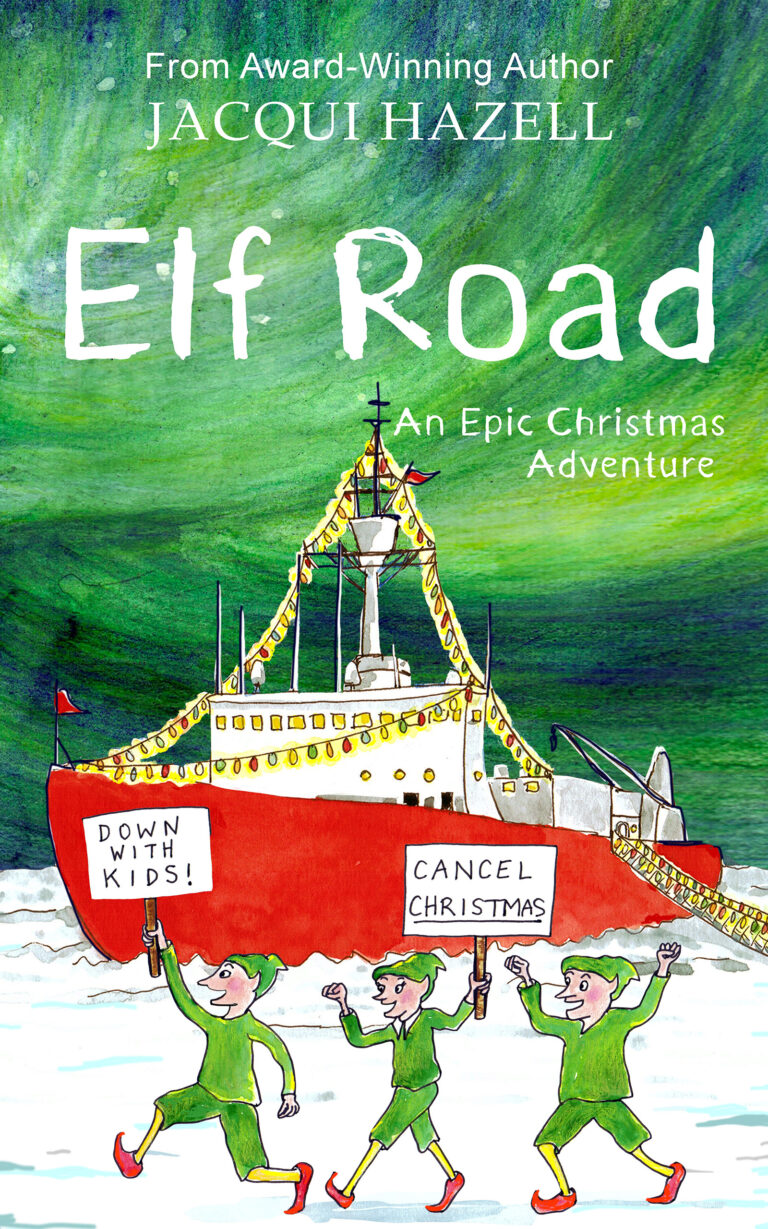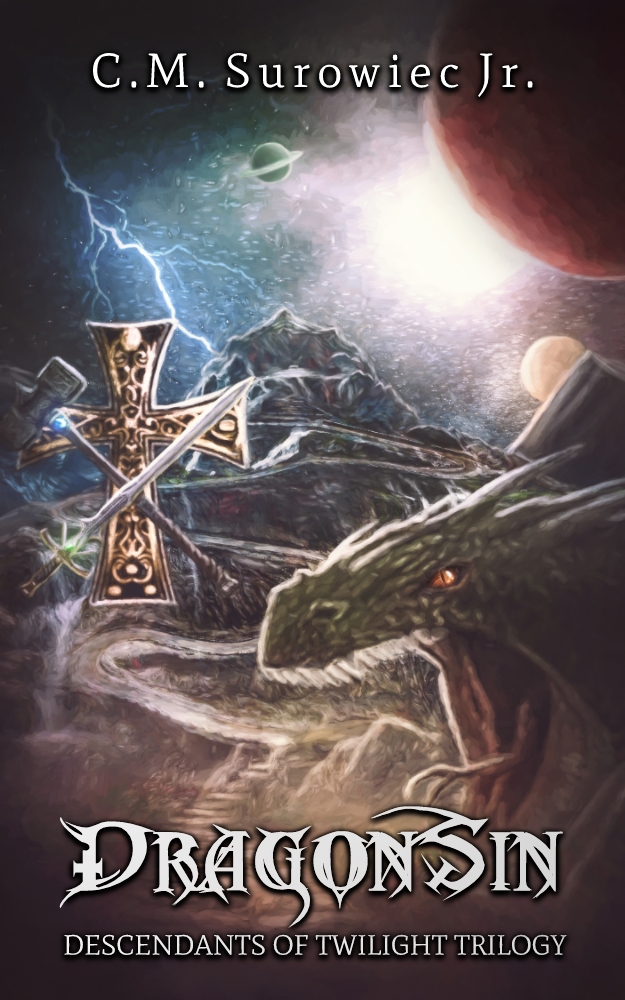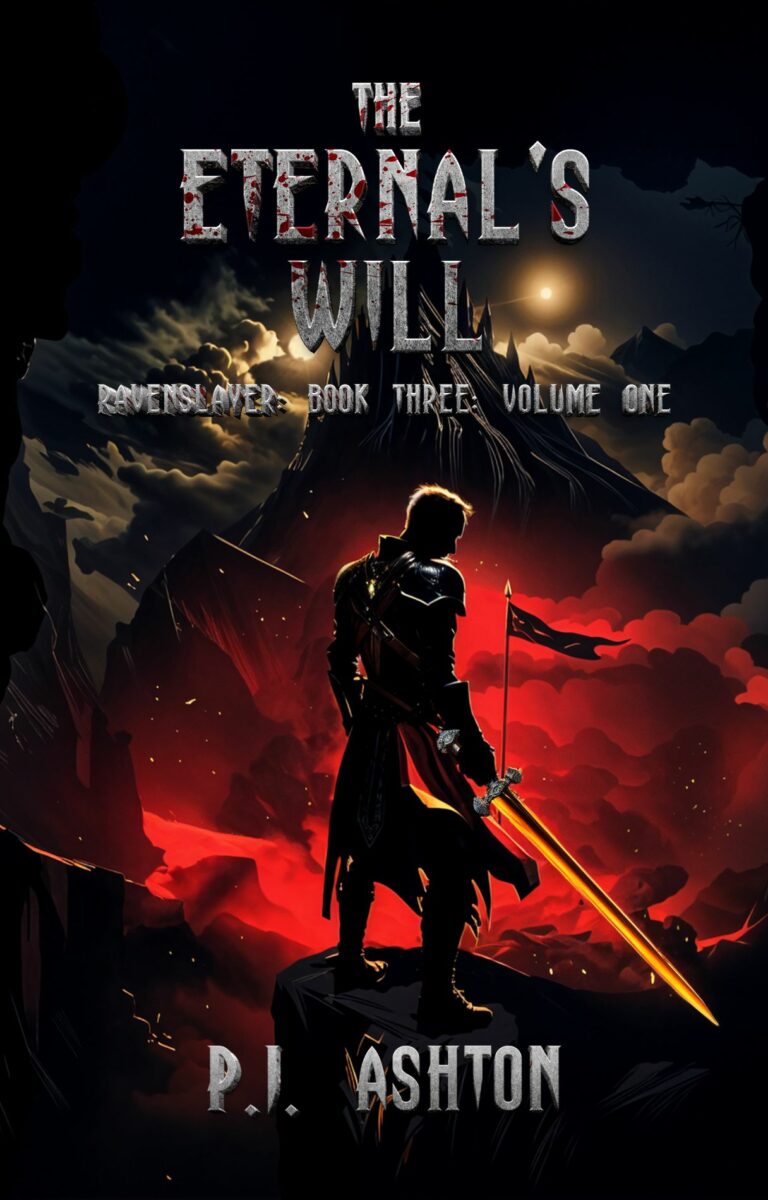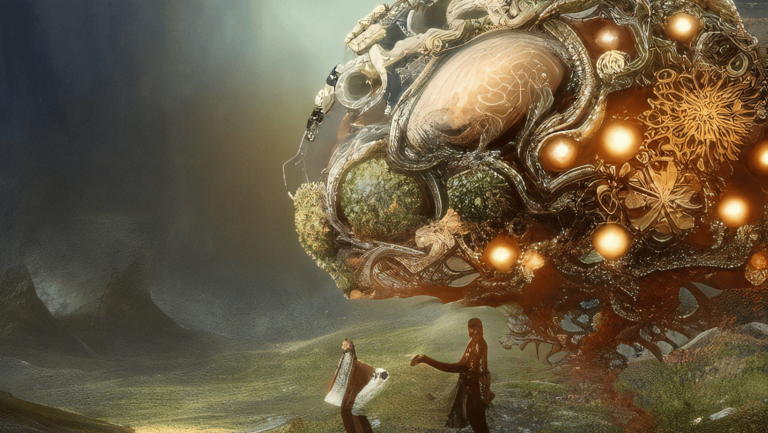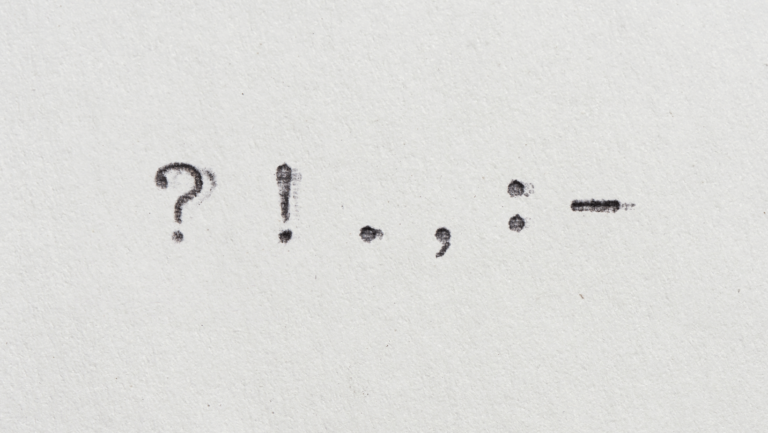Who was the first published author? What was the first published book? What mediums did people use to record writing? Let’s take a look at some interesting facts related to literature. Who knows, they might spark inspiration!
World’s first known author – Enheduanna (l. 2285-2250 BCE), is most frequently cited as the world’s first known author known by name, and is an influential Akkadian poet. Poetry, psalms, and prayers were accredited to her which were used throughout history, along with English translations of her works inspiring many literary adaptations and representations. She was also a high priestess of the moon god Nanna, and was appointed a leader of a religious cult in Ur, a Sumerian city-state, to help merge Akkadian and Sumerian religions. You can read more on her life and influence here.
First published book – Diamond Sutra (Sanskrit, Vajracchedika Prajnaparamita Sutra), roughly translated as the ‘diamond-cutting perfection of wisdom’, is currently the earliest known printed book. Discovered on a holy site called the Mogao (or ‘Peerless’) Caves or the ‘Caves of a Thousand Buddhas’, it is one of the most influential Mahayana scriptures in East Asia and was estimated to be published in China on May 11, 868. FuongGungPedia, Humanistic Buddhism Resources provides a summary of its contents (here) stating that ‘the four core teachings are to give without clinging to any notion, to liberate all beings with no notion of self, to live without abiding, and to cultivate without attainment. The essential teachings…are prajñā (wisdom) and emptiness’. You can discover more about the Diamond Sutra and its history here.
First children’s book author – John Amos Comenius (1592-1670), a teacher with a strong interest in educational theory and who wanted to create a text-book that would be accessible to all levels of ability, is commonly cited as the first children’s book author. In 1658, he published the informative illustrated book ‘Orbis’ or ‘Orbis Sensualium Pictus’ (or ‘Visible World in Pictures’) for children under six learning to read, and it is considered the first picture-book produced specifically for children. It has 150 illustrations and covers various things including animals, nature, the elements and religion.
However, English publisher, John Newbery (1713-1767) is also cited as the first person to create books specifically for children, with ‘A Little Pretty Pocket-Book’ (1744) as his first children’s book, consisting of simple rhymes for each of the letters of the alphabet, and his most famous work ‘The History of Little Goody Two-Shoes’ (1765) which currently holds the position of being the first children’s novel. His work reflected the changes in attitudes about children during the 18th century and aimed to present entertaining and educational materials catered to children’s reading levels and interests. You can read more on the origins of children’s literature here.
World’s first e-book – Michael S. Hart launched Project Gutenberg – the first provider of free electronic books, and digitized the U.S. Declaration of Independence (July 4, 1971), which became the first e-book in the world. Additionally, the first handheld e-readers, NuvoMedia’s Rocket e-Book (which uses a LCD screen and can store up to ten e-books) and the SoftBook reader (has a leather cover, is closer to the size of trade hardback, or a slim notebook computer, and weighs twice as much as a Rocket e-Book), came out in 1998, and others, like Mobipocket and the Sony Reader, followed shortly thereafter. Additionally, Amazon’s Kindle reader, currently one of the most popular choices for e-book reading, was first launched in 2007. You can learn more about the history of electronic books here.
First recorded film to be based on literature – ‘Cinderella’ (based on the fairy tale by Charles Perrault) and ‘King John’ (based on a play by William Shakespeare), both silent movies, were released in 1899, and are often cited as the earliest film adaptations of literature. ‘Cinderella’ was both directed and produced by Georges Méliès, and ‘King John’ was directed by Walter Pfeffer Dando, William K.L. Dickson and Herbert Beerbohm Tree.
Writing mediums – In Ancient Egypt, papyrus was used as a medium to write on. Papyrus is a material that acted similarly to thick paper, and was collected for its stalk or stem, whose inner substance was cut into thin strips, pressed together, and dried to form a smooth thin writing surface, then used to form books (scrolls which were sheets pasted together) and record sacred writing. The plant was once abundant in Nile Delta, which is a delta formed in Lower Egypt, one of the world’s largest river deltas. Furthermore, a calamus (sweet flag), the stem of a reed sharpened to a point, or bird feathers were used as a writing tool.
Today, the ability to record and store writing has expanded significantly, ranging from blackboards to paper and cardboard (made from forestry products, recycled materials, cotton and other natural fibres, which are turned into a pulp and dried), to electronic storage in the form of PDFs and e-books. We also now use tools like chalk, pens (usually involving a cap, barrel, and ink tube) and computers instead of the reed and feathers used in the past. You can read more on the evolution of writing and book mediums here.
What was your first piece of work? What or who inspired you to create? How would you like to be known and remembered?
Keep an eye out on our social media pages, Facebook and Instagram, for more interesting information and facts related to literature!


